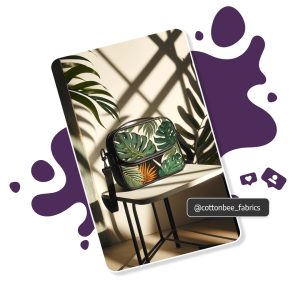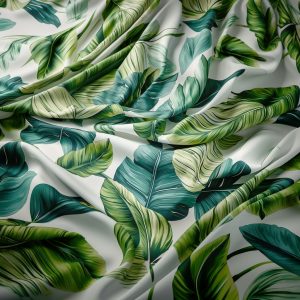Choosing the best lining fabric for your project is essential to ensure comfort, durability, and a professional finish of a garment. Lining fabric can hide raw seams for a more elegant and esthetic finish or be a practical addition to keep the inside of a bag or backpack neat. To easily pick the lining fabric, first define what project are you using it in and what properties are essential for your project.
Table of Contents
- Why do we add lining to a project?
- What is the best lining fabric?
- Where to use polyester lining fabric?
- What to take into consideration when choosing lining fabric?
- Is it hard to add lining to a garment or bag?
Why do we add lining to a project?
There are several reasons why you might add lining to a garment or any other sewing project. Firstly, lining fabric can add an extra layer of comfort to a garment, especially if the main fabric is scratchy or uncomfortable against the skin. Lining fabric can also help to protect the main fabric of a garment from wear and tear, especially in areas that are prone to friction or stretching. This can help to extend the life of the garment and keep it looking new for longer. Secondly, lining fabric can provide an extra layer of coverage to a garment, especially if the main fabric is sheer or lightweight. This can help the wearer feel more comfortable and confident in the garment. Most commonly though, lining fabric is used to improve the appearance of a garment by hiding seams and adding a smooth, polished finish. It can also add a pop of colour or pattern to the inside of the garment, which can be a fun and unexpected detail. Last but not least, lining fabric can add structure and shape to a garment, especially if the main fabric is lightweight or flimsy. This can help the garment to maintain its shape and drape nicely on the body.
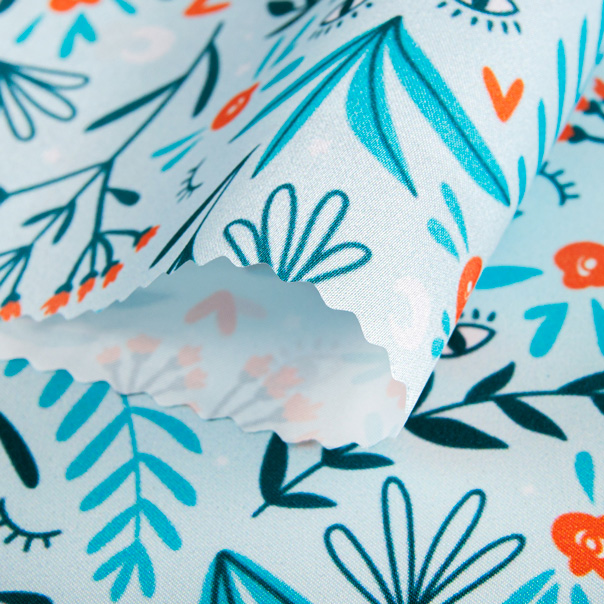
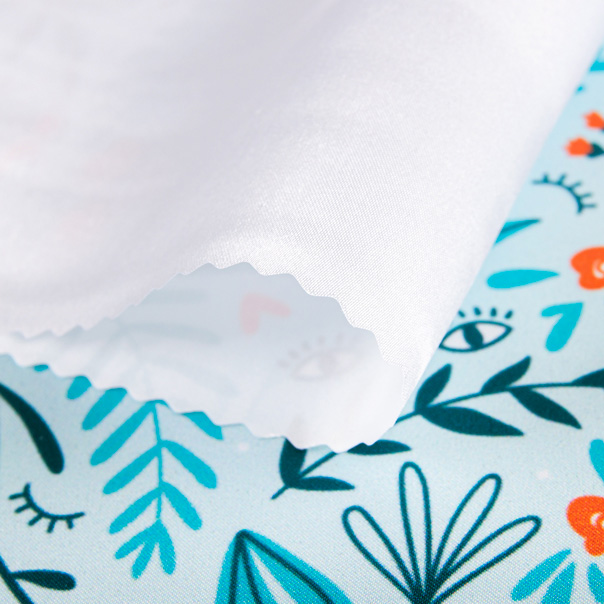
What is the best lining fabric?
There are several popular lining fabric choices, each with its own unique properties and benefits. Polyester is a popular choice for lining fabrics due to its durability, affordability, and ease of care. It is also available in a wide range of colours and patterns. Cotton is a natural and breathable choice for lining fabrics. It is soft, comfortable, and easy to care for. However, it is not as durable as other lining fabrics and can wrinkle easily. Silk is a luxurious and elegant choice for lining fabrics. It is soft, lightweight, and has a beautiful drape. However, it is more expensive than other lining fabrics and requires special care. Viscose is a versatile and affordable choice for lining fabrics. It has a soft, silky texture perfect for lining garments. However, it is not as durable as other lining fabrics and can shrink or stretch if not cared for properly.
Where to use polyester lining fabric?
Polyester lining fabric is a versatile material that can be used in a variety of applications. Synthetic lining fabric is commonly used as a lining material for jackets, coats, dresses, skirts, and pants. It adds structure, comfort, and durability to the garment, and helps it to maintain its shape over time. Polyester lining fabric is also commonly used as a lining material for bags, purses, and other accessories. It adds a layer of protection to the contents of the bag and helps to keep them organized. Lining fabric can be used as an additional layer for curtains, drapes, and other home decor items. It adds insulation to the window treatment, which can help to regulate the temperature in the room.

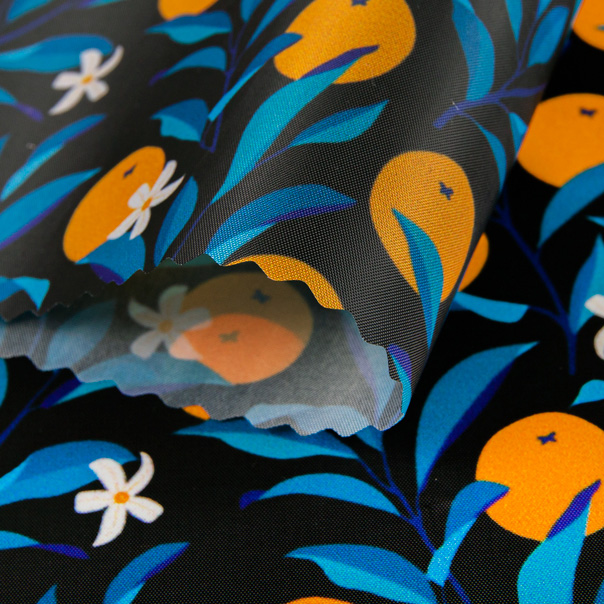
What to take into consideration when choosing lining fabric?
Choosing the right lining fabric is not an easy task. To ensure the durability, comfort and overall appearance of a garment or project you have to consider quite a few factors. First and foremost, consider the weight and thickness of the lining fabric based on the intended use. For lightweight garments like blouses or dresses, opt for thinner lining fabric. For heavier garments like jackets or coats, choose a thicker lining fabric for added warmth and structure. The drape and softness of the lining fabric are crucial for comfort and appearance. Look for a polyester lining fabric with a smooth, silky texture and a good drape to ensure it falls nicely and doesn’t add bulk to the garment. Polyester lining fabrics are generally easy to care for, as they are machine washable and resistant to wrinkles and shrinkage. However, always check the care instructions on the fabric label to ensure proper maintenance. Invest in a high-quality polyester lining fabric to ensure durability and longevity. Choose a lining fabric colour that complements the main fabric of your garment. You can opt for a matching or contrasting colour, depending on your design preferences. To add a fun pop of colour, go for custom-printed polyester lining to fully customize your design.
Is it hard to add lining to a garment or bag?
Adding lining fabric to a garment or an accessory can be a bit challenging, especially if you are new to sewing. However, with some practice and patience, it is a skill that can be mastered. Start with choosing a lining fabric that is appropriate for the garment and easy to work with. Polyester lining fabric is a popular choice for its durability, affordability, and ease of care. Cut the lining fabric using the same pattern pieces as the main fabric. Make sure to cut the lining fabric slightly smaller than the main fabric to ensure a good fit. Pin the lining fabric to the main fabric, right sides together, and sew along the seams. Leave an opening in the lining fabric for turning the garment right side out. Turn the garment right side out through the opening in the lining fabric. Press the seams to ensure a smooth finish. Sew the opening in the lining fabric closed, either by hand or with a sewing machine. Tack the lining fabric to the main fabric at the hem and other key points to keep it in place. Finish the garment as usual, making sure to press the seams and give it a final fitting.
While adding lining fabric to a garment can be a bit challenging, it is a skill that can be learned with practice. By choosing the right lining fabric, cutting and sewing carefully, and finishing the garment properly, you can create a professional-looking garment with a comfortable and durable lining.

